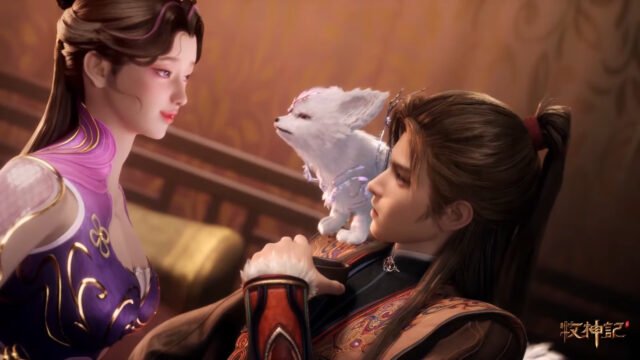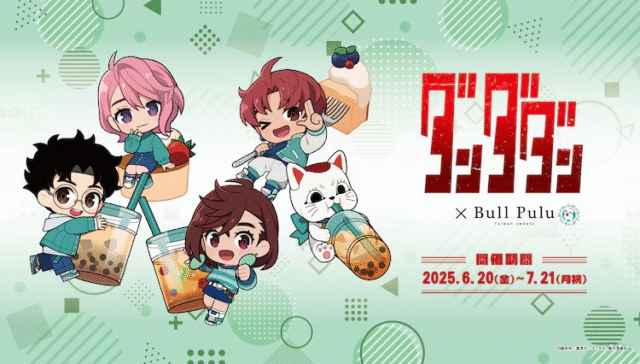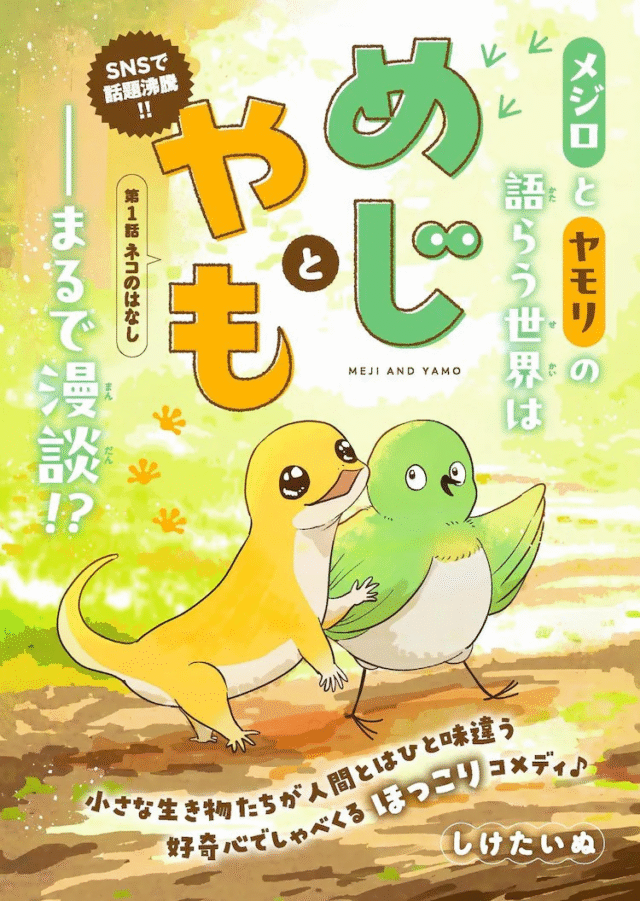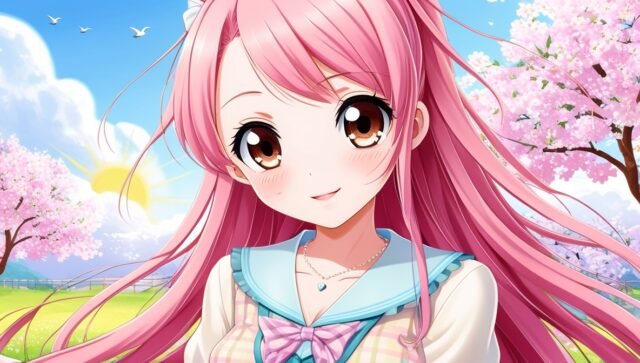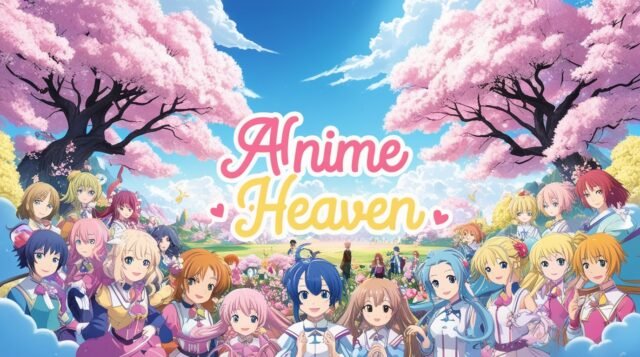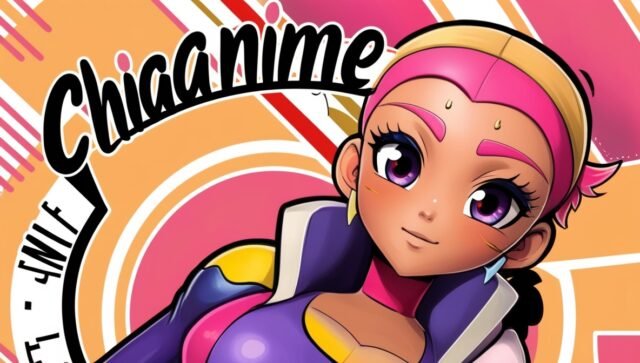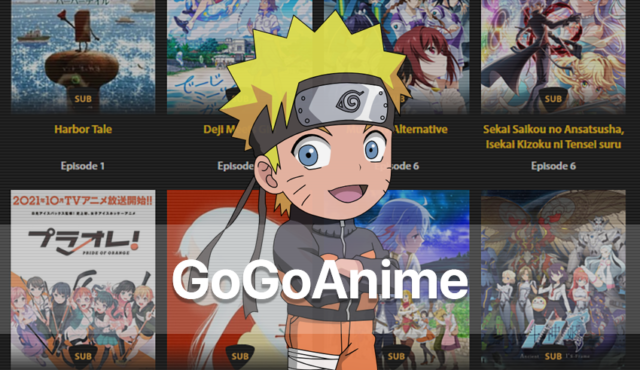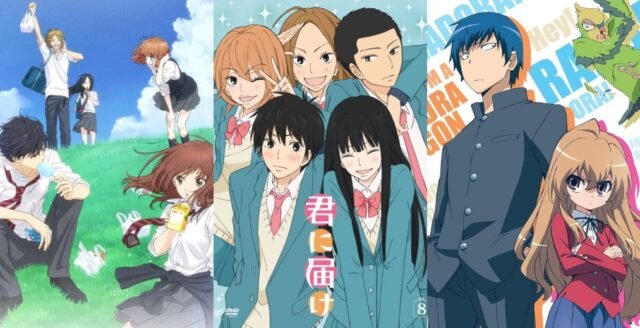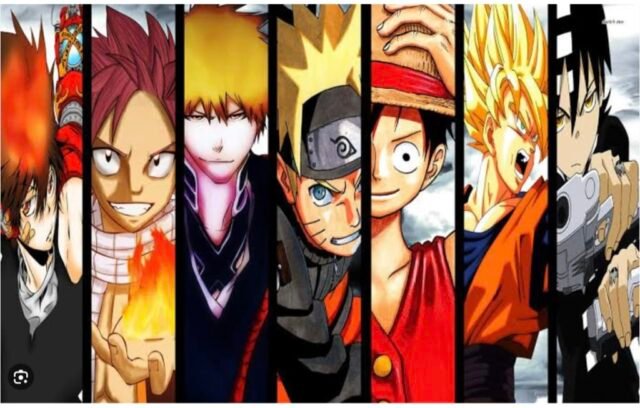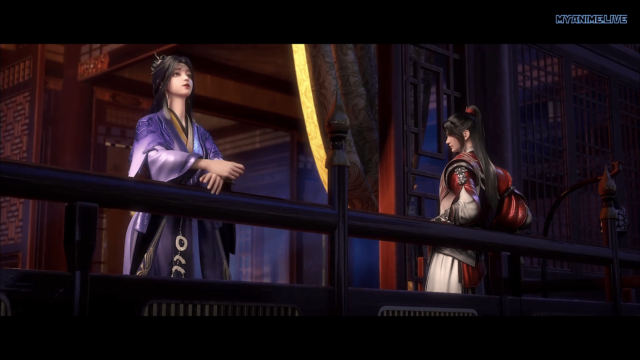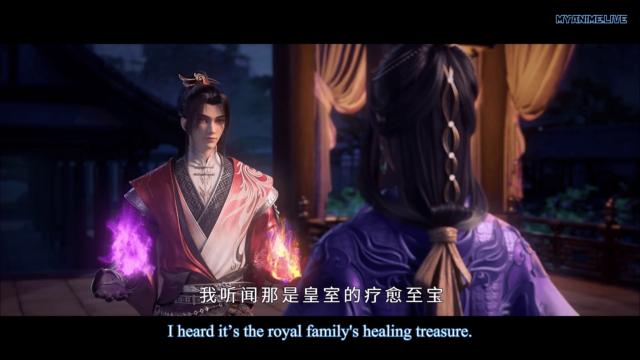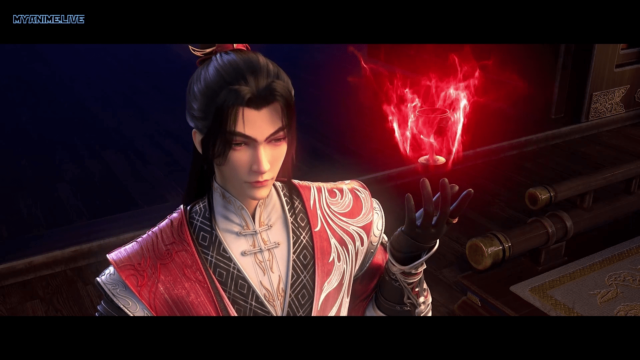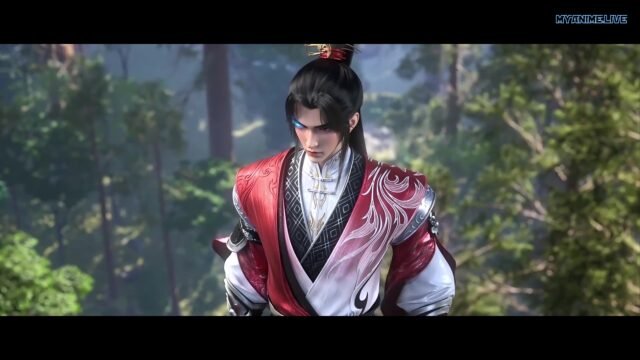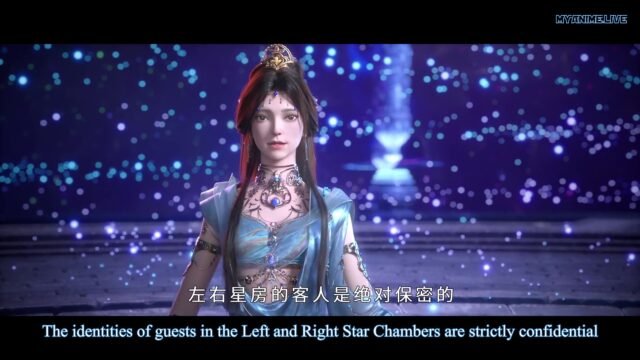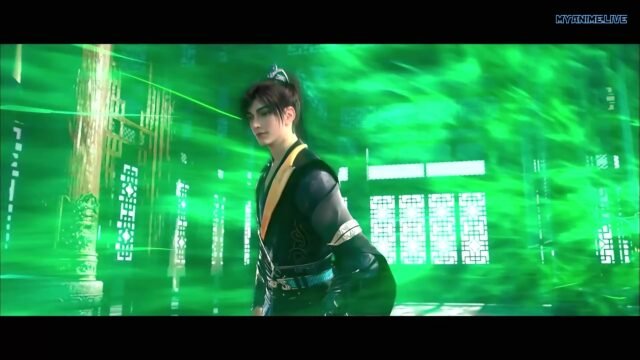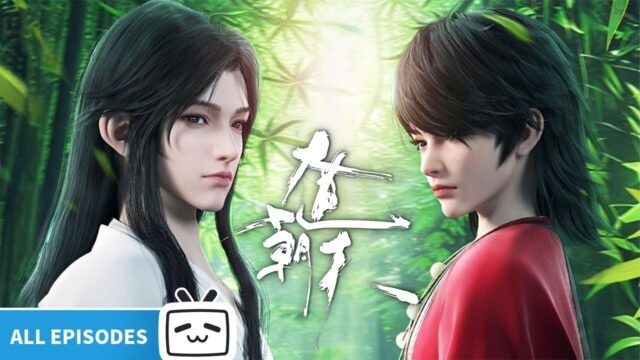In recent years, one specific style of anime has grown in popularity and captured the attention of fans all around the globe: GTO anime. This genre, which stands for “Great Teacher Onizuka,” has evolved from its roots and has significantly impacted the Shonen anime landscape. Understanding this evolution helps appreciate its influence on storytelling, character development, and themes.
The essence of GTO anime lies in its unique blend of comedy, drama, and action. The story typically revolves around an unconventional teacher who helps students overcome personal challenges. The protagonist, Eikichi Onizuka, is a former delinquent who becomes an inspiring mentor. This narrative is refreshing compared to traditional Shonen tropes where heroes often engage in battles to prove their strength.
One noteworthy aspect of GTO anime is its focus on real-world issues. Here are some common themes tackled in this genre:
- Bullying: Central to many GTO storylines is the issue of bullying in schools. It showcases how Onizuka stands up against bullies, promoting the importance of kindness and resolution.
- Personal Growth: Characters in GTO anime undergo significant development. They learn from their mistakes, evolve, and are often better people by the end of the story.
- Friendship and Trust: Onizuka fosters strong bonds with his students, emphasizing loyalty and the value of interpersonal relationships.
- Parental Issues: Some characters struggle with family dynamics, showcasing the impact of parents on their children’s lives.
This focus on relevant topics diverges from the typical Shonen battles, making it appealing to a broader audience. It draws in viewers aged 13 and older, seeking more than just action sequences. The GTO genre emphasizes character-driven narratives and emotional connections that resonate deeply with fans.
The animation style and humor in GTO anime contribute to its distinctive appeal. The character designs are often exaggerated, aligning with comedic undertones, while the animation captures the intense emotions of the story effectively. This approach makes it easy for viewers to engage with the characters, leading to a deeper investment in their journeys.
As the demand for more innovative stories grew, GTO anime’s influence on the Shonen genre became evident. Other series began to incorporate similar elements, blending traditional action with impactful life lessons. Popular titles such as “My Hero Academia” and “Haikyuu!!” reflect this shift. They spotlight multifaceted characters facing real-world emotional and social challenges, much like GTO anime.
Additionally, GTO anime has opened doors for diverse storytelling within the Shonen genre. Here are several standout characteristics that have become more common:
| Element | GTO Anime | Common Shonen Characteristics |
|---|---|---|
| Protagonist Background | Unconventional, often a former delinquent | Heroic, often with a clear moral compass |
| Core Message | Life lessons and personal growth | Strength through battle |
| Character Relationships | Focus on bonds and connections | Rivalries and competition |
| Conflict Resolution | Emotional and social issues | Physical confrontations |
This table illustrates the notable differences between GTO anime and traditional Shonen series. The growth of depth in storytelling continues to attract audiences seeking relatable experiences over mere action.
As new creators emerge, the legacy of GTO anime will likely continue to inspire fresh ideas, pushing boundaries further in the Shonen genre. You can see echoes of its impact in series that touch more on personal struggles and relationships than just feats of physical prowess. Viewers are left contemplating the meaning of friendship, the importance of understanding, and the value of personal growth.
The evolution of GTO anime signals a shift in the Shonen genre, paving the way for stories that embrace emotional and social relevance. As fans call for more diverse narratives, the elements introduced by GTO will remain vital in producing meaningful content well into the future. For those seeking a more enriching viewing experience, GTO anime undoubtedly stands out as a pivotal moment in anime history.
Key Character Traits of Onizuka and Their Relevance in Today’s Society
When considering the character traits of Onizuka from the popular anime “Great Teacher Onizuka,” his unique qualities stand out and have relevance in today’s society. Onizuka embodies a mix of passion, tenacity, and unconventional approaches to teaching that resonate with many. His character serves as a reflection of challenges faced in the educational environment and beyond.
One of Onizuka’s most prominent traits is his unwavering determination. Regardless of the obstacles thrown his way, he fights persistently for his students’ interests. This determination is not just limited to the classroom; it extends to every aspect of his life. In today’s fast-paced world, where giving up can seem like the easier option, Onizuka teaches us the importance of persistence. His story can inspire you to keep pushing forward, even when the going gets tough.
Another key character trait of Onizuka is his ability to connect with others. He has a unique way of understanding his students, which allows him to build authentic relationships. He takes the time to listen to their problems and helps them navigate difficult situations. In a society where many feel isolated, Onizuka’s actions remind us of the power of empathy and communication in strengthening human connections.
Additionally, Onizuka is fearless and often breaks societal norms. He challenges the traditional classroom setup and engages in unconventional methods of teaching. This trait is particularly applicable in today’s education system, where creativity and innovation are needed to engage students effectively. Onizuka shows that being bold and thinking outside the box can result in impactful learning experiences.
Here’s a closer look at some of his character traits and their relevance:
- Passion: Onizuka’s love for teaching inspires both students and teachers alike. In a world where burnout is common, finding passion can lead to greater job satisfaction and better outcomes.
- Resilience: He faces numerous setbacks but continues to work towards his goals. Resilience is crucial in today’s competitive environment, especially for young people entering the workforce.
- Empathy: Onizuka’s ability to understand and connect with students shows the importance of emotional intelligence in relationships. This trait is essential for fostering teamwork and collaboration in both personal and professional settings.
- Humor: His humorous approach to serious issues lightens the mood and makes lessons more enjoyable. Laughter can be a stress-relief tool, which is increasingly needed in our demanding lives.
In our rapidly changing society, where mental health awareness is gaining ground, Onizuka’s understanding of his students’ struggles highlights the need for educators and mentors to offer support beyond academics. His dedication serves as a model for anyone who works with youth, illustrating that sometimes the best lessons come from understanding and compassion rather than strict adherence to rules.
Additionally, Onizuka’s imperfections make him relatable. He is far from a conventional hero and often misbehaves, yet he remains admirable because of his genuine desire to improve the lives of his students. Recognizing that nobody is perfect encourages a more accepting attitude toward one’s flaws. It allows you the grace to learn from mistakes and grow stronger.
The aspect of mentorship that Onizuka represents can ripple through various spheres of life, whether it’s in educational settings, workplaces, or social situations. Mentors equipped with empathy and passion can influence the next generation significantly. This alignment between Onizuka’s character and modern social values highlights how sharing wisdom can combat issues like bullying, anxiety, and disillusionment.
Onizuka’s unique blend of humor, tenacity, and connection skills serves as a reminder that impactful teaching goes beyond textbooks. In a time where educational systems may often overlook the human element, his story remains a refreshing narrative that encourages a thoughtful approach to mentorship.
In essence, the character of Onizuka represents traits that are not only important for personal development but also for fostering a supportive community. His influence extends beyond the realm of anime, offering insights that can help you navigate the complexities of today’s societal challenges.
How GTO Anime Addresses Social Issues Through Humor and Drama
Exploring GTO Anime’s Unique Storytelling
GTO Anime, short for “Great Teacher Onizuka,” is a fascinating series that masterfully combines humor and drama while tackling various social issues. The series invites viewers into the life of Eikichi Onizuka, a former gang member turned high school teacher. This unconventional approach to education offers a fresh perspective, and through Onizuka’s experiences, the anime addresses real-world issues that many young people face today.
Humor as a Tool for Engagement
One of the standout features of GTO is its use of humor. Onizuka’s personality shines through with his quirky behavior and relatable blunders. This humorous portrayal serves several important functions:
- Relatability: Viewers can connect with Onizuka, who often finds himself in awkward situations, making him feel more human.
- Breaking Tension: Humor is employed during serious moments, lightening the mood and making difficult subjects easier to digest.
- Inspiring Change: Laughing at Onizuka’s antics encourages both students and audience members to reflect on their problems in a less intimidating light.
Addressing Social Issues through Narrative
As we delve deeper into GTO, it’s clear that the show doesn’t shy away from dealing with significant social issues. Some of the themes include:
- Bullying: GTO confronts the realities of bullying in schools. Through Onizuka’s interactions with students, the show highlights the importance of empathy and standing up for others.
- Family Problems: Many characters face troubled family backgrounds, which affect their school life and mental well-being.
- Peer Pressure: Onizuka helps students navigate friendships and peer expectations, creating a supportive environment.
Drama’s Role in Emotional Depth
While humor plays a crucial role, the drama embedded in GTO adds emotional weight. Each student grapples with their unique struggles, and Onizuka becomes their unexpected mentor. This combination allows the audience to see not just the comedic side of life, but also the serious issues that affect young people. For example:
| Character | Challenge Faced | Lesson Learned |
|---|---|---|
| Fuyutsuki | Workplace sexual harassment | Importance of standing up for oneself |
| Urumi | Suicidal thoughts | Value of friendship and support |
| Masaru | Pressure to succeed academically | Finding balance between passion and pressure |
The Blend of Humor and Drama
In GTO, the blend of humor and drama serves to create a compelling narrative. This duality not only entertains but also educates viewers on important life lessons. Characters grow and change, and through their stories, the audience learns about resilience, friendship, and the importance of teachers who genuinely care.
: A Cultural Reflection
GTO Anime stands out as a cultural reflection through its unique storytelling. By weaving together humor and drama, it successfully addresses significant societal issues. The series remains relatable to an audience that experiences similar challenges, encouraging discussion and understanding around topics that may often seem too heavy to confront. In a world where humor can be a bridge to sensitive conversations, GTO shines as a beacon of hope and understanding.
Comparing GTO Anime Adaptations: Which One Captured the Spirit Best?
The world of anime has seen various adaptations of popular manga series, and GTO, or Great Teacher Onizuka, is no different. This series has earned a dedicated following due to its unique blend of humor, drama, and life lessons. But when it comes to GTO anime adaptations, fans often wonder which version truly captures the spirit of the original manga. Let’s dive into the two major adaptations: the 1999 anime series and the 2012 live-action version, to see how they compare.
The 1999 GTO anime is particularly loved for its light-hearted and comedic approach. It stays true to the original manga’s storyline, focusing on Onizuka’s unconventional teaching methods and his aim to connect with his students. The animation style is vibrant, matching the lively essence of the characters. Its running time of 43 episodes allows ample room for character development, leading viewers on a humorous journey filled with heartfelt moments.
Conversely, the 2012 live-action adaptation offers a fresh take on the beloved character. While it carries over some of the core themes from the manga, it introduces a more modern setting and issues that resonate with today’s audience. This adaptation consists of several episodes that encompass not only Onizuka’s teaching philosophy but also social challenges faced by students in contemporary Japan. The live-action format provides an opportunity for deeper emotional performances, showcasing Onizuka’s struggles in a more relatable light.
When assessing these adaptations, there are key aspects that fans often consider:
- Character Development: The 1999 anime allows for greater depth in character arcs, developing even supporting characters with backstories that resonate with audiences.
- Humor: GTO’s humor shines through in both adaptations, but the anime’s comedic timing and expressions are easier to deliver through animated formats.
- Realism: The live-action series brings a sense of realism through live performances, lending the story a grounded feel while addressing serious topics faced by modern students.
- Dynamic Storytelling: The anime adaptation crafts a more playful narrative flow, allowing viewers to enjoy lighter moments, whereas the live-action adapts a more dramatic approach at certain points.
As the adaptations tap into different mediums, they cater to the unique preferences of their audiences. For viewers who favor a more traditional, comedic anime experience, the 1999 version is likely to be their favorite. In contrast, those who lean towards storylines infused with relatable struggles might appreciate the 2012 adaptation more.
While each version possesses its strengths, they both reflect the impact of Onizuka as a teacher. His character embodies resilience and creativity, encouraging students to believe in themselves and strive for their goals. In this aspect, both adaptations successfully convey the essence of GTO, albeit through different lenses.
A comparison chart illustrates these differences in greater detail:
| Aspect | 1999 Anime | 2012 Live-Action |
|---|---|---|
| Format | Anime | Live-Action |
| Episode Count | 43 | 11 |
| Humor Style | Comedic Focus | Realistic with Humor |
| Character Depth | In-Depth Supporting Characters | Modern Issues Explored |
| Target Audience | Classic Anime Fans | Modern Viewers |
Ultimately, both adaptations of GTO bring unique qualities to the table, captivating different audiences through their distinct storytelling techniques. Whichever version you favor, it’s clear that the spirit of Great Teacher Onizuka endures. The essence of Onizuka’s teaching methods, his quirky personality, and the valuable life lessons remain alive for fans, connecting generations of viewers to the meaningful messages within the series.
Diving into the world of GTO is not just about following a teacher; it’s about exploring the relationships between students and their ability to grow. Both adaptations reflect this journey in their own ways, ensuring that the legacy of Great Teacher Onizuka continues to inspire and entertain for years to come.
The Role of Teaching Philosophy in GTO Anime: Lessons for Real Life
GTO anime, which stands for “Great Teacher Onizuka,” delivers powerful lessons about teaching philosophy that can be applied in real life. The show centers around Eikichi Onizuka, a former delinquent who becomes a high school teacher. His unique approach to teaching provides profound insights into educator roles, student engagement, and effective communication. Understanding these philosophies can guide not only aspiring teachers but also anyone looking to foster better relationships, whether in a professional or personal environment.
One of the most significant teachings from GTO anime is the importance of connection. Onizuka often reaches out to his students in unconventional ways. He understands that genuine relationships foster trust and openness, which are essential for learning. By engaging with students on a personal level, he demonstrates that education goes beyond textbooks.
This approach can be summarized in the following way:
- Build Relationships: Prioritize getting to know your students. This allows them to feel valued and understood.
- Listen Actively: Hearing what students say—and even what they don’t say—can provide insights into their needs and challenges.
- Create a Safe Environment: Ensure that your classroom or workspace is a safe space for open discussions.
Another crucial lesson from the GTO anime is the concept of teaching through experience. Onizuka often incorporates real-life situations into his lessons, allowing students to learn in a practical and engaging manner. This method not only keeps the students’ attention but also helps them apply theories in the real world. In GTO, students learn valuable life skills, from dealing with peer pressure to facing their fears, directly through their interactions with Onizuka.
To embrace this philosophy in your life, consider these points:
- Incorporate Real-Life Scenarios: Illustrate concepts with relatable examples that resonate with your audience.
- Encourage Participation: Allow others to share their experiences to enhance learning opportunities.
- Learn by Doing: Create hands-on activities that engage others and provide a meaningful context for learning.
Onizuka also emphasizes the importance of resilience and perseverance. He faces numerous challenges, whether personal or professional, but his unwavering determination sets a powerful example for his students. This lesson showcases that setbacks are a part of life and that how one responds to them can determine success. Resilience is key not just in teaching but in any walk of life.
Consider the following strategies to boost resilience, inspired by GTO:
- Model Determination: Show that you’re willing to push through obstacles and challenges.
- Encourage the Right Mindset: Cultivate a ‘growth mindset’ in yourself and others, where failures are viewed as learning opportunities.
- Celebrate Small Wins: Acknowledging progress keeps motivation high and encourages continued effort.
Moreover, the GTO anime places a strong emphasis on empathy and understanding the complexities of student lives. Onizuka goes beyond academics, often addressing personal issues affecting his students. He teaches them to confront their problems and offers guidance without judgment. This highlights the need for teachers and mentors to develop an empathetic approach, recognizing the diverse backgrounds and challenges faced by individuals in their care.
Here are some actions to nurture empathy:
- Practice Active Empathy: Try to understand things from another’s perspective, validating their feelings and experiences.
- Be Approachable: Create an environment where others feel comfortable sharing personal stories or struggles.
- Develop Cultural Awareness: Recognize and respect different cultures and experiences, as this enriches understanding.
GTO anime provides valuable lessons on teaching philosophy that extend beyond the classroom environment. By prioritizing connection, teaching through experience, fostering resilience, and nurturing empathy, individuals can create more meaningful interactions, much like Onizuka did with his students. The impact of these principles resonates in everyday life, proving that great teaching is about inspiring others to learn, grow, and strive for their best selves.
Key Takeaway:
Key Takeaway: The Enduring Influence of GTO Anime Across Generations
The evolution and impact of GTO anime on the shonen genre illustrate how powerful storytelling can transcend time. Originally released as a manga and later adapted into anime, “Great Teacher Onizuka” has left an indelible mark on fans worldwide. It challenged conventional narratives in the shonen genre, emphasizing personal growth, social issues, and the importance of mentorship. As you watch Onizuka navigate the highs and lows of teaching, it becomes evident that his journey resonates well beyond the animated screen.
One of the standout aspects of GTO is the character of Onizuka himself. His vibrant personality, unwavering commitment to his students, and a sense of humor offer valuable traits that are particularly relevant in today’s society, where young people often grapple with pressure and expectations. Onizuka’s ability to connect with his students on a personal level serves as a reminder that empathy and understanding are crucial in fostering meaningful relationships—something many adults can learn from.
Moreover, GTO employs humor and drama to address pressing social issues, from bullying to personal trauma. This dual approach not only entertains but also educates viewers, stimulating conversations about serious problems that can affect the youth. By showcasing these themes through relatable storytelling, GTO serves as a mirror reflecting issues often left unspoken, thereby encouraging audiences to confront their realities.
When comparing GTO anime adaptations, fans often debate which version captures its essence best. Each adaptation brings its own flair while attempting to honor the source material, leading to rich discussions among the community. This variety keeps the legacy of Onizuka alive and fosters a newfound appreciation for the series.
Onizuka’s teaching philosophy embodies lessons that resonate in real life. His approach—rooted in love, freedom, and responsibility—offers insights into effective teaching methods. By demonstrating the profound impact a dedicated teacher can have on their students’ lives, GTO inspires current and future educators to instill these values in their classrooms.
In essence, the GTO anime is more than just entertainment; it’s a reflection of societal values, a conduit for important discussions, and a source of motivation for those in both educational and personal domains. Its relevance is palpable, proving that good storytelling can educate and inspire generations to come.
Conclusion
The journey of GTO anime showcases its remarkable evolution and significant impact on the shonen genre, pushing the boundaries of storytelling and character development. Onizuka, the iconic protagonist, embodies traits such as resilience, empathy, and a rebellious spirit, making him relatable to viewers today. His approach to life and teaching offers valuable lessons that resonate with audiences facing modern societal challenges.
Through a blend of humor and drama, GTO tackles pressing social issues, providing a unique lens on the struggles many students and teachers face. This ability to address serious topics while delivering laughter is one of the anime’s most powerful features. It highlights how storytelling can spark conversations about mental health, bullying, and the importance of community, inspiring both introspection and action.
Additionally, the adaptations of GTO have varied in style and execution, each striving to capture the essence of the original manga. Some succeeded in embracing the heart and humor of Onizuka’s journey, while others offered fresh interpretations that connected with new generations. This comparison not only reveals what makes the original series special but also celebrates its lasting influence across different media.
The teaching philosophy woven throughout GTO serves as a reminder that education is not just about academic success. Instead, it emphasizes the need for understanding, patience, and connection in the learning process. The lessons drawn from GTO encourage viewers to embrace these values in their lives and interactions, ultimately inspiring a culture of compassion and personal growth.


